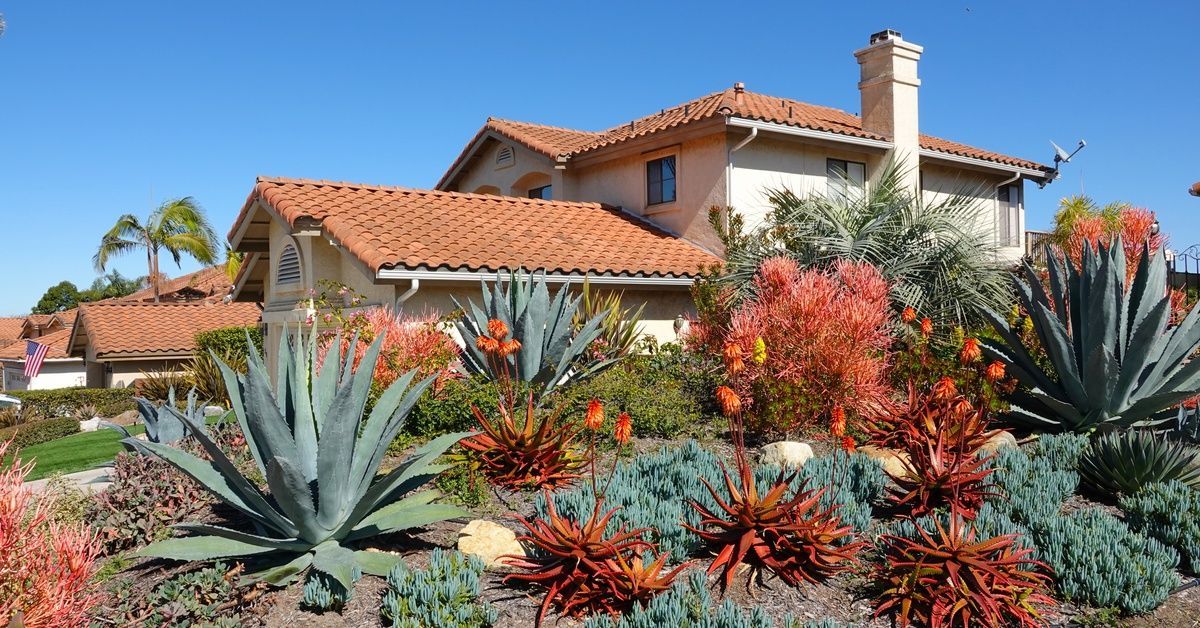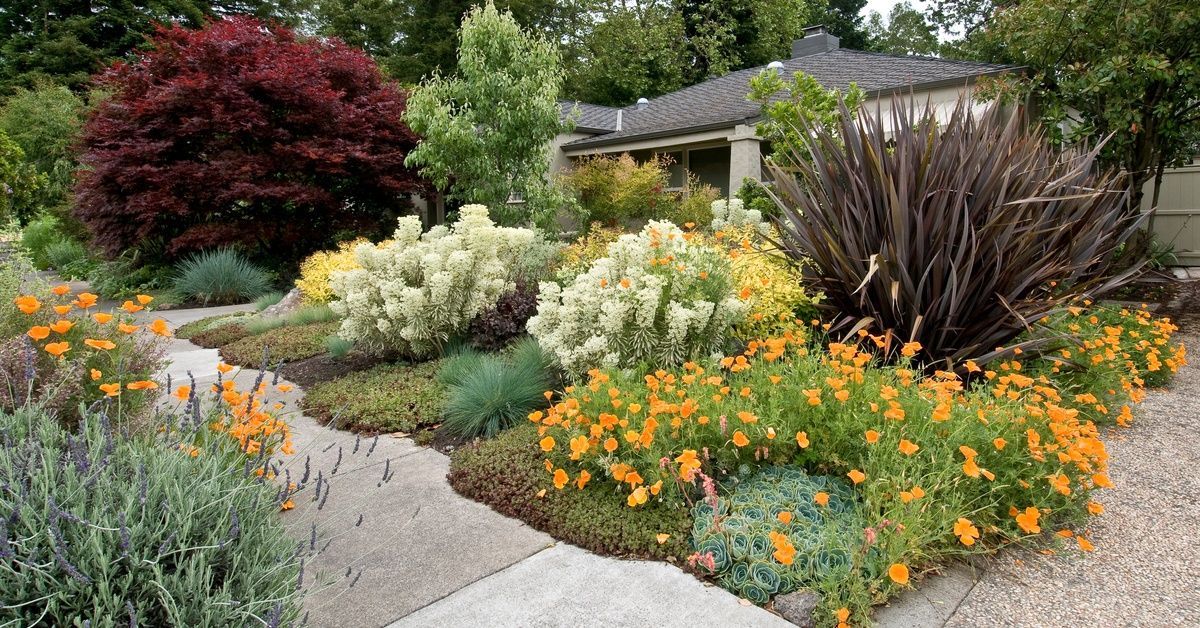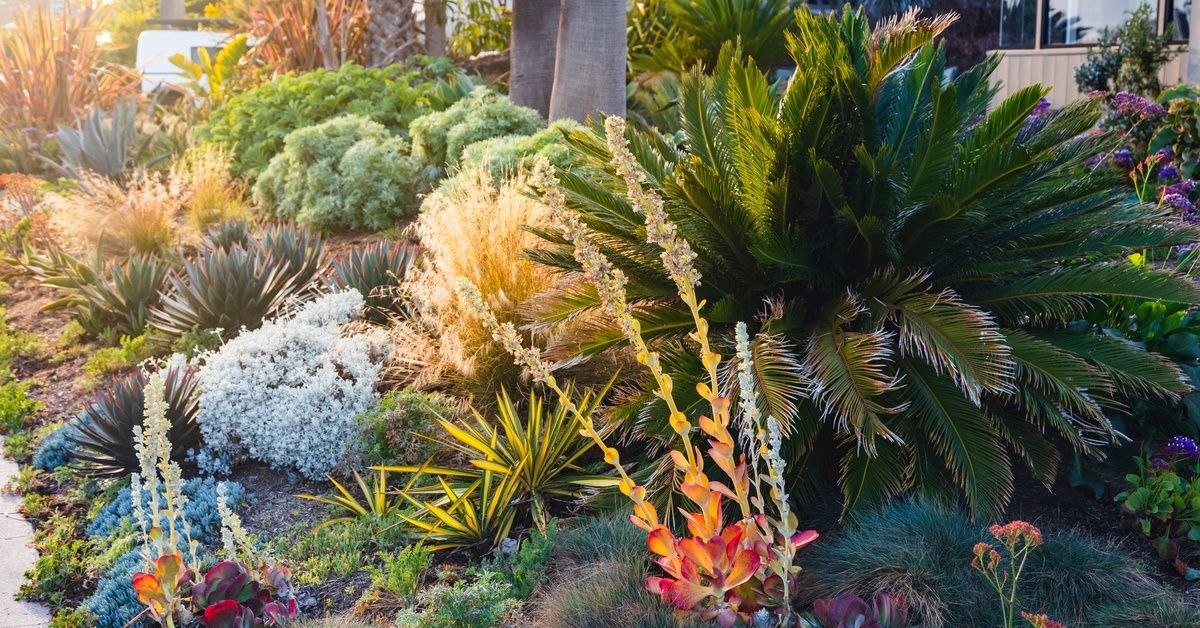California Native Plants for a Beautiful, Low-Water Garden

Creating a stunning garden in California doesn’t have to mean excessive water use or endless maintenance. California native plants offer an exquisite range of options for gardeners who want beauty, sustainability, and ease of care. These plants have evolved to thrive in California’s unique climate, making them perfectly suited for your outdoor space.
By incorporating native plants, you’ll enjoy a vibrant garden while conserving water and supporting local ecosystems. If you’re looking for practical advice and inspiration, read on as we uncover our favorite California native plants for a beautiful, low-water garden.
Why Choose California Native Plants for Your Garden
California native plants are the ultimate solution for those searching for sustainable and efficient gardening solutions. They’re naturally adapted to the state’s diverse climates, thriving in areas where nonnative plants might struggle. Beyond their natural drought resistance, these plants are low maintenance, resilient to local pests, and require minimal fertilization.
From a broader perspective, choosing native plants means supporting wildlife, such as bees, hummingbirds, and butterflies, which rely on such plants for food and shelter. Plus, they reduce the demand for fertilizers and excess water, which makes them a top choice for California low-maintenance landscaping.
Understanding California’s Diverse Climate Zones
California is a state of contrasts, with different regions varying from desert and coastal to mountainous areas. Understanding your region’s climate zone is key to choosing the best native plants for your garden.
- Coastal Areas benefit from moderate temperatures and coastal fog, making them well-suited for lush native plants like Ceanothus and California fuchsia.
- Desert Regions thrive with drought-tolerant species like manzanita and purple needlegrass.
- Mountain Zones accommodate the iconic coast redwood, which thrives in cooler temperatures and high moisture levels.
- Central Valley requires hardy plants like California buckwheat which withstand extended dry periods.
By identifying your zone, you can strategically select plants that require minimal interventions to flourish.
California Poppy (Eschscholzia californica): Create Vibrancy
This iconic golden flower is more than just California’s state flower; it’s a gardener’s dream for low-water landscapes. California poppies bloom in vibrant yellows and oranges, adding a cheerful touch to any garden.
Beyond their aesthetic appeal, they’re highly drought-tolerant, making them an excellent choice for sustainable gardening. These flowers reseed naturally, ensuring their return season after season with minimal effort.

California Buckwheat (Eriogonum fasciculatum): A Pollinator Favorite
For a ground cover that offers beauty and ecological benefits, California buckwheat is a standout choice. Its delicate white to pink flowers attract essential pollinators like bees and butterflies while providing erosion control in dry, rocky soils. Its ability to thrive in poor soil makes it a reliable choice for challenging areas in your garden.
Ceanothus (California Lilac): Fragrance and Color
Ceanothus is a versatile native plant that brings clusters of stunning blue or purple blooms to your garden in spring. With varieties ranging from ground covers to shrubs, this plant offers options for gardens of all sizes. Its low water needs and ability to thrive in full sun make it a natural fit for California landscapes.
Manzanita (Arctostaphylos): An Evergreen Marvel
Known for its striking red bark and year-round evergreen foliage, manzanita is equally functional and beautiful. It thrives in dry, sandy conditions, making it perfect for xeriscaping. Manzanita’s spring blooms also provide nectar for pollinators, while its berries feed birds during the colder months.
Toyon (Heteromeles arbutifolia): A Festive Flair
Looking for a native plant with year-round appeal? Toyon, also known as California holly, boasts glossy green leaves, white summer blossoms, and vibrant red berries in winter. This shrub can be shaped into a hedge or left to grow naturally. It’s drought-resistant and fire-resistant, making it a safe choice for homes in fire-prone areas.
Yarrow (Achillea millefolium): A Multi-Benefit Wonder
Yarrow is a hardy, drought-tolerant plant that thrives in a variety of conditions. Its feathery foliage and clusters of white, yellow, or pink flowers make it a visually interesting addition to any garden. Yarrow’s medicinal properties and ability to attract beneficial insects make it a practical and valuable choice.
Lupine (Lupinus): Colorful and Functional
Lupine species are known for their dramatic flower spikes in shades of blue, purple, and white. They also improve soil health by fixing nitrogen, making them a fantastic companion plant for other natives.
Coast Redwood (Sequoia sempervirens): A Majestic Choice
If you have the space and the right conditions, nothing beats the grandeur of planting a coast redwood. These trees grow best in misty climates and are surprisingly water-efficient for their size. They provide shade, beauty, and a sense of timelessness to your garden.
California Fuchsia (Epilobium canum): Call in Hummingbirds
The bright red blooms of California fuchsia are a magnet for hummingbirds, making them a lively addition to your garden. This shrub thrives in sunny, dry areas and requires little to no irrigation once established. It blooms from summer into fall to provide extended periods of beauty.
Purple Needlegrass (Stipa pulchra): Elegance and Durability
California’s official state grass, purple needlegrass, is perfect for adding texture and movement to your garden. Its slender blades and feathery seed heads are adaptable to dry conditions, and it plays a key role in preventing soil erosion.

How To Prepare Your Garden for California Native Plants
Preparing your garden for native plants involves a few key steps. Start by assessing your soil quality and amending it sparingly to reflect the natural conditions your plants prefer.
Water new plants deeply during their initial establishment phase but taper off as they mature. Mulch around the base to retain moisture and suppress weeds, ensuring your plants stay healthy and low maintenance.
Designing Your Low-Water Garden With Native Plants
Designing a visually engaging garden is easy with native plants and the right help. Group plants with similar water and sunlight needs together for efficient maintenance and irrigation.
Taller plants like coast redwood or toyon are great as focal points and medium-height plants like yarrow or ceanothus work as filler. Combining grasses like purple needlegrass with flowering plants like lupine and California poppy are excellent for layering textures and creating depth.
Maintaining Your California Native Plant Garden
Maintenance for native plants is minimal when compared to traditional landscaping. Prune shrubs like manzanita and toyon annually to maintain their shape and encourage growth. Stay on top of weeding to reduce competition for your plants and monitor for pests while encouraging natural predators to maintain balance.
California Native Plants Supporting Local Ecosystems
Beyond their aesthetic value, California native plants are champions of biodiversity. Their flowers, seeds, and foliage create habitats for local wildlife while supporting pollinators critical to the environment. This ecological harmony enhances your garden’s appeal while making a positive impact on the planet.
Where To Buy California Native Plants
Creating a beautiful, low-water garden with California native plants is a long-term investment in sustainability, beauty, and local ecosystems. By following the advice shared here and partnering with Allstate Landscape Services, you will transform your outdoor space into a thriving, low-water oasis that reflects the true spirit of California.
Contact Allstate Landscape today to begin customizing your ideal yard!
